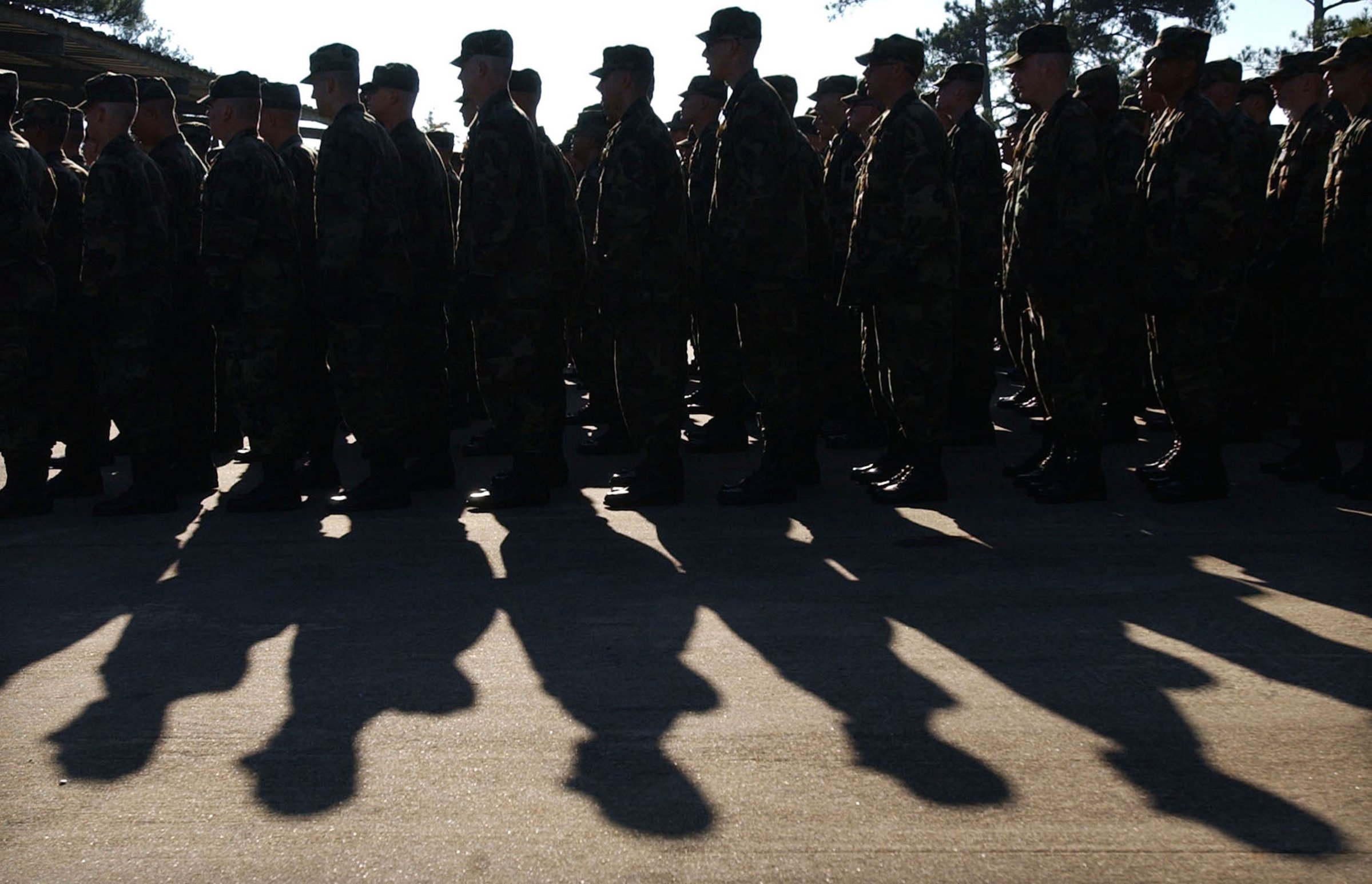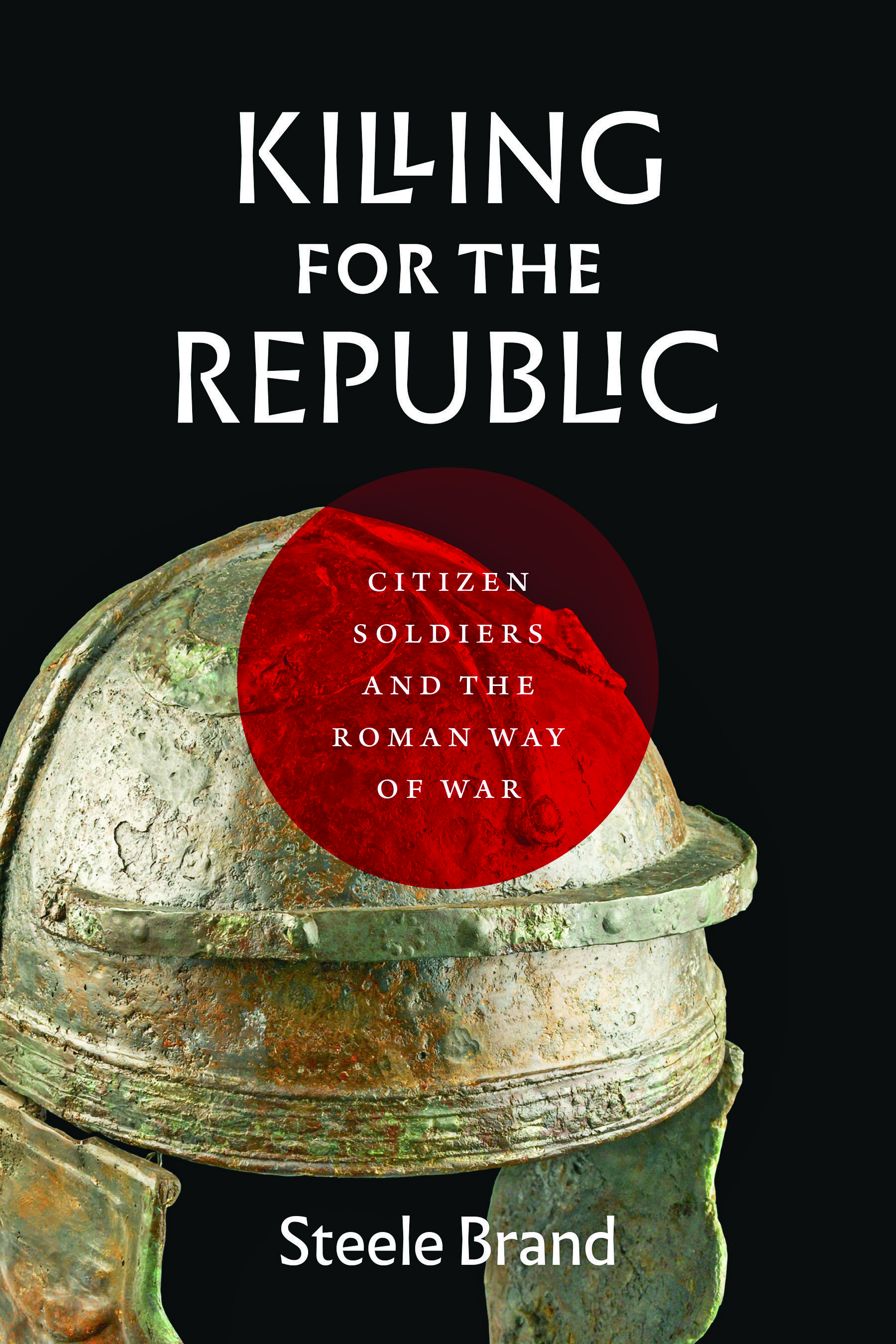
On May 11, 1778, a seemingly bizarre event concluded the harrowing winter at Valley Forge. George Washington and his soldiers watched a play. Due to logistical maladministration that prevented much-needed materiel from reaching the troops, the winter of 1777–78 had given the Continental Army a test greater than any battlefield defeat — a fact evidenced by the atrocious casualty rates that far exceeded those incurred in any of the engagements throughout the war. Starvation, extreme weather and disease had reduced fighting strength and morale. The play was designed to lift soldiers’ spirits and remind them what they were fighting for. The selection was Joseph Addison’s tragedy Cato, which told the heroic stand of Cato the Younger against Julius Caesar. The play cast the first-century Roman republican as a liberty-loving icon of virtue and duty against Julius Caesar and his tyrannical bid to destroy the republic. Cato represented the disappearing virtues of the republican citizen-soldier that were giving way to the opportunism and avarice of Caesar and his professional soldiers more loyal to him than the dying republic. Washington, the avid theatergoer, either chose or approved the play with the obvious intention of inspiring his own weary troops to fight the British tyrant and his professional armies currently occupying Philadelphia.
Regardless of the historical veracity of the play, the story of a die-hard republican sacrificing himself for republican principles would have inspired the Continentals. The recruits at Valley Forge would have understood the sacrifices of Cato with his modest vision of a republic. The Continentals under Washington’s command filled a vital role the militia did not by simply staying constituted regardless of the situation. However, these were still citizen-soldiers. They had only recently enlisted, and the Continental Army’s enlistments were notoriously ineffective. Originally, Congress had intended enlistments to last for the duration of the war, but this effort had largely failed by the winter of 1777. The soldiers in the militia always prioritized their farms and families first, and this same sentiment kept the Continental regulars from extended enlistments. None of these soldiers saw themselves as professionals, and all of them expected to return to their real work at their homes when the conflict concluded.
It is difficult to determine whether American soldiers would find Cato’s story inspiring today. On the one hand they see themselves as defenders of a great republic. On the other hand they would probably prefer the professionalism and martial prowess of a Julius Caesar. As members of a standing army themselves, they would also be more familiar with the discipline and training of Britain’s standing army. Even National Guard and Reserve units today look less like citizen-soldiers and more like professionals given the number of deployments in recent years. The predominance of the citizen-soldier in America is a thing of the past.
When Army recruits in the United States begin basic training, it doesn’t take long for them to understand they are being separated from society. Removed from their families, friends, mobile phones, video games and fast-food chains, they begin an intense indoctrination that goes far beyond communing in mess halls, drilling at firing ranges and engaging in tactical maneuvers. Drill sergeants and other trainers are primarily concerned with creating and maintaining a distinct army culture. They consistently explain that their task is to “break down” the civilian so they can “build” the soldier. On behalf of the young recruits, they create a new family and a new moral order, complete with a warrior ethos, a code of honor, and long doctrinal lists of dos and don’ts. This is why soldiers often refer to their squads, platoons and companies as families, and why many describe their military branch in ways others might describe their church.
This kind of indoctrination extends to the downright silly. Common exercises like jumping jacks are renamed “side-straddle hops.” Haircuts from the 1950s like the flattop and the high and tight are ubiquitous. Soldiers also become experts at the singular workout regimen of running around in circles of varying sizes until each individual becomes his own emaciated, marathon-running doppelgänger. None of these quiddities has much to do with efficient military training. Soldiers do not shave their heads and faces for hygiene, run five miles a day for physical fitness or speak the military dialect for superior tactical communication. Medical technology is now capable of managing beard-related bacteria. Physical training programs for athletes have proven that a predominantly running-based workout is ineffective for most activities. And the side-straddle hop still involves jumping like fitness expert Jack LaLanne. Antiquated haircuts, peculiar dialects and communal running perform the same function as church liturgies, national pledges of allegiance, fraternity hazing rituals and the secret handshake. They create a culture that separates adherents from non-adherents.
This cultural separation between civilians and soldiers has created a chasm in civil-military relations that widens year by year. In 2010, when the country was heavily involved in the war on terror, only 3% of Americans polled cited the war in Afghanistan as an important issue, compared to 60% who cited the economy. Of those polled, 43% claimed they were following the economy closely, yet only 23% said they were doing the same with Afghanistan. Those perplexed by the growing gap between civilians and their armed forces should not be surprised. Why would most Americans care? No one will get drafted, the battles are far away and deficit spending seems to preclude any economic consequences. Aren’t most people safe in thinking “Just leave it to the professionals”?
American military personnel complain that their civilian counterparts do not identify with their sacrifices, but do they have cause to complain? For professional soldiers, war is simply a job for which they often enjoy better pay and benefits than their counterparts of equal qualifications and education. They experience the horrors of war, but like trauma doctors, explosives handlers and ice truckers, they are compensated for their time and risks. Soldiers are also worshipped in ways that would have been unthinkable in the 1960s and ’70s. Most businesses offer military discounts, and nearly any soldier who strays outside the base in uniform will receive a “thank you for your service” at the checkout line or have his or her meal comped at a local restaurant. National holidays revere veterans and the fallen as national heroes in ways that are comparable to how Roman Catholics venerate saints.
For the civilians, on the other hand, war is not something you experience, it is something you watch in a movie or read about in a book. They may oppose the war, feel mildly guilty that they didn’t serve, idealize war stories or just be glad they didn’t have to do it themselves. Most praise the soldier for defending our freedom, which counts for nearly anything these days—including vaporizing those ever-threatening mule-caravaners of the Hindu Kush with tens of thousands of dollars worth of automated missiles. An overwhelming majority of Americans have never served; indeed, military participation rates have reached new lows in spite of the fact that America was recently locked in two wars and numerous minor engagements for over a decade. The American preference for specialization of labor has resulted in war being specialized.
In 1953 Arthur A. Ekirch predicted that the American conception of a citizen army would become obsolete because the new Cold War military looked more like the standing armies that earned so much loathing in past centuries. Military historians were quick to adapt, however, hailing the “soldier-citizen” as the new minuteman. Soldier-citizens make up a much smaller percentage of the population. They have spent decades in the military and supposedly exemplify virtues such as honor, courage and loyalty. However, unlike the citizen-soldier, they are defined by their commitment to military culture. As the title swapping indicates, the soldier comes first, and the citizen is second.
The question naturally raised by all this is whether citizen armies as conceived by the ancients will ever be possible again. Americans may produce films about the Greek city-states’ stand against Persia, but long gone is the minuteman who shared features with his Athenian counterpart. News of a Persian invasion in 490 BC prompted a mustering of farmers who marched to Marathon, fought a battle, and then returned home to farm some more. In the decades following Marathon, Athens recruited higher percentages of its citizens to fight, which was a tendency bolstered by its naval activities. Even poor Athenian citizens could serve on a trireme. Sparta, on the other hand, represented the opposite end of the recruitment spectrum. Approximately nine out of every 10 men in Spartan society were either free, noncitizen locals or state-owned slaves called helots whose chief function was to maintain the agricultural economy of the Spartan citizens. With the farming left to the second class or the subjugated, full citizens were free to participate in a unique military culture that made Sparta the most formidable polis in Hellas. Spartiates were the “soldier-citizens” of the ancient world, who knew comparatively little about economics, farming and civilian life. In this way, American soldiering increasingly looks more like the Spartan “soldier-citizen” than the Athenian “citizen-soldier.”

Excerpted from Killing for the Republic: Citizen-Soldiers and the Roman Way of War, by Steele Brand, published by Johns Hopkins University Press, and available now. Steele Brand is an assistant professor of history at The King’s College and a former U.S. Army tactical intelligence officer. Killing for the Republic: Citizen-Soldiers and the Roman Way of War is his first book.
More Must-Reads From TIME
- The 100 Most Influential People of 2024
- The Revolution of Yulia Navalnaya
- 6 Compliments That Land Every Time
- What's the Deal With the Bitcoin Halving?
- If You're Dating Right Now , You're Brave: Column
- The AI That Could Heal a Divided Internet
- Fallout Is a Brilliant Model for the Future of Video Game Adaptations
- Want Weekly Recs on What to Watch, Read, and More? Sign Up for Worth Your Time
Contact us at letters@time.com